From ancient civilizations to modern collectors, the allure of cube mineral crystals has captured the fascination of individuals across the globe. The unique symmetry and aesthetics of these crystals have made them highly sought after in the world of geology, aesthetics, and even jewelry. In this article, we will explore the mesmerizing world of cube mineral crystals, their origins, characteristics, and their place in various industries. Origin and Formation: Cube mineral crystals are created through specific geological processes, primarily in minerals with a cubic crystal system.

.
 These crystals can form in various types of rocks and minerals, such as halite (rock salt), pyrite, fluorite, and galena, among others. The cubic crystalline structure occurs when atoms are organized in a regular, repeating pattern, resulting in the distinct shape of a cube. The symmetrical arrangement of atoms within a cube mineral crystal gives it a uniquely geometric appearance. Characteristics and Varieties: Cube mineral crystals are prized for their distinct characteristics. Their well-defined edges, sharp corners, and flat faces make them stand out in the world of mineral specimens. The symmetry of these crystals also allows them to showcase various colors, textures, and even optical properties, making them especially versatile.
These crystals can form in various types of rocks and minerals, such as halite (rock salt), pyrite, fluorite, and galena, among others. The cubic crystalline structure occurs when atoms are organized in a regular, repeating pattern, resulting in the distinct shape of a cube. The symmetrical arrangement of atoms within a cube mineral crystal gives it a uniquely geometric appearance. Characteristics and Varieties: Cube mineral crystals are prized for their distinct characteristics. Their well-defined edges, sharp corners, and flat faces make them stand out in the world of mineral specimens. The symmetry of these crystals also allows them to showcase various colors, textures, and even optical properties, making them especially versatile.
..
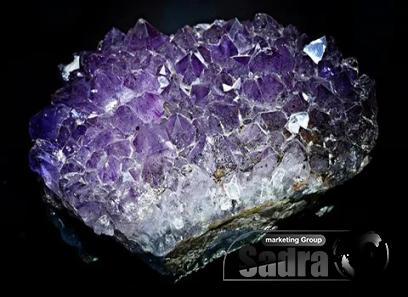 While a perfect cube is the most recognized form of these crystals, variations can occur, such as octahedrons, which are two interpenetrating pyramids. Additionally, some cube minerals exhibit twinning, where two crystals share a common axis but are rotated relative to each other. Application in Various Industries: 1. Geology and Science: Geologists and scientists study cube mineral crystals to gain insights into crystal formation, mineral properties, and the geological history of the Earth. These crystals serve as useful tools for understanding the processes that shape our planet. 2. Aesthetics and Collectibles: Cube mineral crystals have long been valued for their aesthetic appeal. Collectors and enthusiasts are drawn to their geometric beauty and often seek out specific minerals with cubic crystal formations. These crystals can be displayed as standalone specimens or incorporated into unique jewelry designs.
While a perfect cube is the most recognized form of these crystals, variations can occur, such as octahedrons, which are two interpenetrating pyramids. Additionally, some cube minerals exhibit twinning, where two crystals share a common axis but are rotated relative to each other. Application in Various Industries: 1. Geology and Science: Geologists and scientists study cube mineral crystals to gain insights into crystal formation, mineral properties, and the geological history of the Earth. These crystals serve as useful tools for understanding the processes that shape our planet. 2. Aesthetics and Collectibles: Cube mineral crystals have long been valued for their aesthetic appeal. Collectors and enthusiasts are drawn to their geometric beauty and often seek out specific minerals with cubic crystal formations. These crystals can be displayed as standalone specimens or incorporated into unique jewelry designs.
…
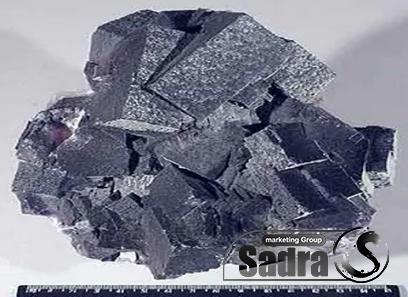 3. Healing and Metaphysical Properties: Some individuals believe that cube mineral crystals possess metaphysical properties and healing energies. These crystals are thought to promote balance, grounding, and protection, making them popular among practitioners of alternative healing therapies. 4. Industrial Applications: Certain cube mineral minerals, like halite (rock salt) and fluorite, have industrial applications. Halite is mined for its use in food processing, de-icing roads, and as a feedstock for chlorine production. Fluorite, on the other hand, is used in metallurgy, ceramics, and optics, owing to its unique fluorescence and optical properties. Conclusion: The captivating appeal of cube mineral crystals transcends various industries and interests. Whether it be for their scientific significance, aesthetic value, metaphysical properties, or industrial uses, these crystals continue to captivate individuals and leave a lasting impression. Their distinctive cubic structure serves as a reminder of the intricate and beautiful world of minerals that lie beneath the Earth’s surface, waiting to be discovered and appreciated by enthusiasts old and new.
3. Healing and Metaphysical Properties: Some individuals believe that cube mineral crystals possess metaphysical properties and healing energies. These crystals are thought to promote balance, grounding, and protection, making them popular among practitioners of alternative healing therapies. 4. Industrial Applications: Certain cube mineral minerals, like halite (rock salt) and fluorite, have industrial applications. Halite is mined for its use in food processing, de-icing roads, and as a feedstock for chlorine production. Fluorite, on the other hand, is used in metallurgy, ceramics, and optics, owing to its unique fluorescence and optical properties. Conclusion: The captivating appeal of cube mineral crystals transcends various industries and interests. Whether it be for their scientific significance, aesthetic value, metaphysical properties, or industrial uses, these crystals continue to captivate individuals and leave a lasting impression. Their distinctive cubic structure serves as a reminder of the intricate and beautiful world of minerals that lie beneath the Earth’s surface, waiting to be discovered and appreciated by enthusiasts old and new.
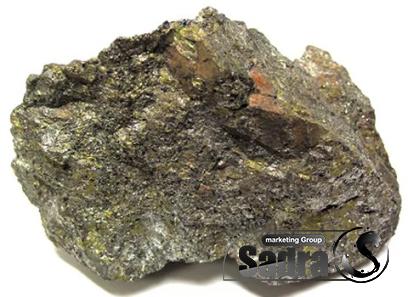
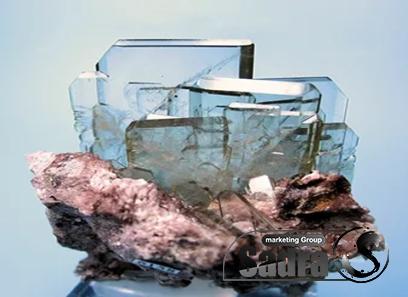
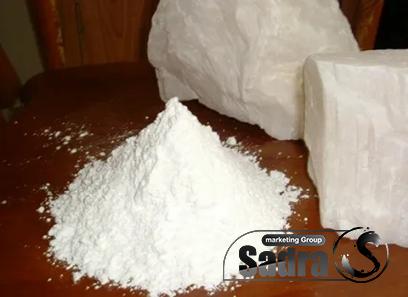
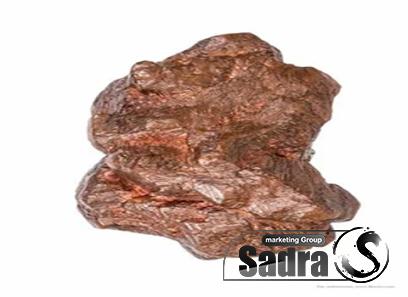
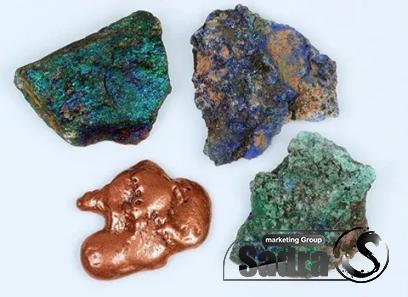
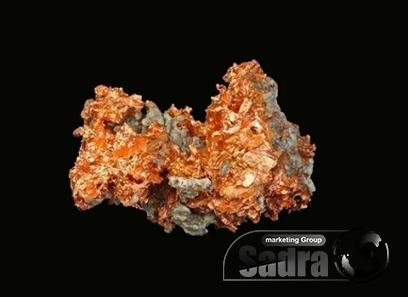
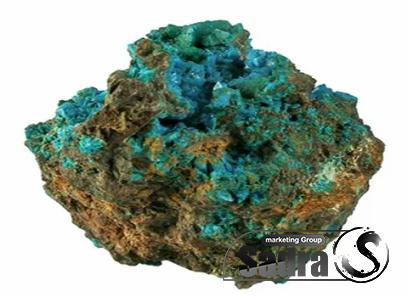
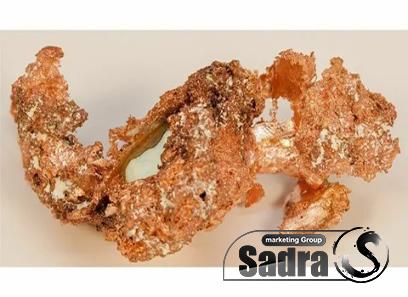
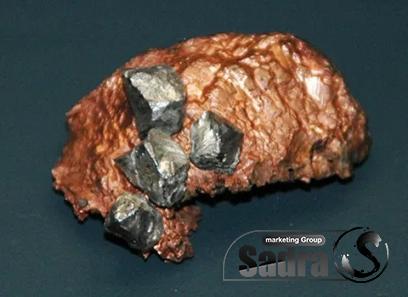
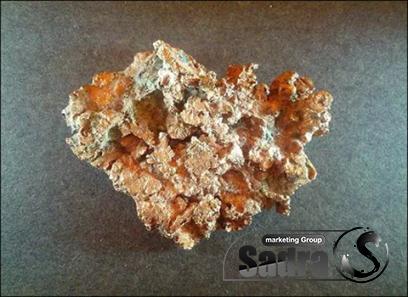
Your comment submitted.